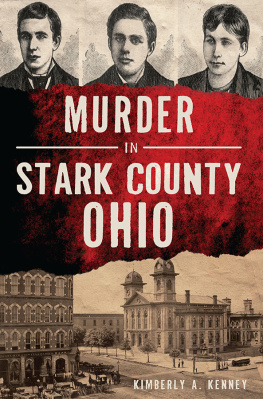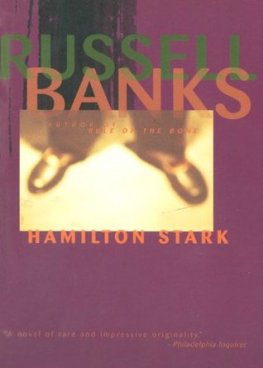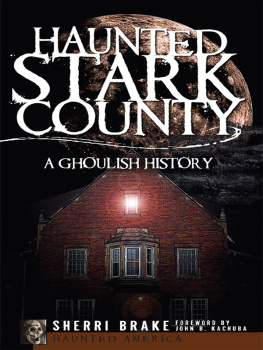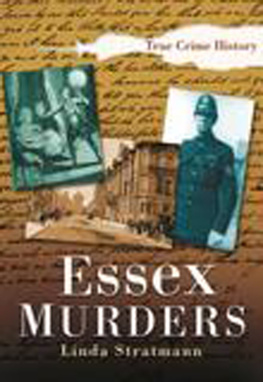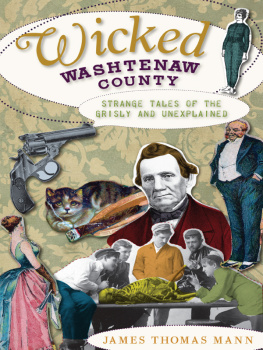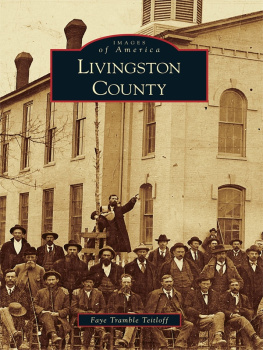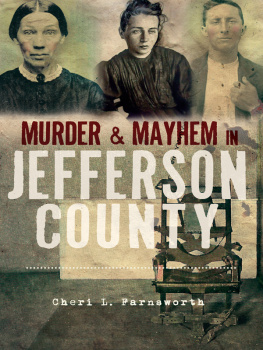

Published by The History Press
Charleston, SC
www.historypress.com
Copyright 2020 by Kimberley A. Kenney
All rights reserved
Courthouse image courtesy of the McKinley Presidential Library & Museum.
First published 2020
E-book edition 2020
ISBN 978.1.43966.930.3
Library of Congress Control Number: 2019954282
print edition ISBN 978.1.46714.302.8
Notice: The information in this book is true and complete to the best of our knowledge. It is offered without guarantee on the part of the author or The History Press. The author and The History Press disclaim all liability in connection with the use of this book.
All rights reserved. No part of this book may be reproduced or transmitted in any form whatsoever without prior written permission from the publisher except in the case of brief quotations embodied in critical articles and reviews.
CONTENTS
ACKNOWLEDGEMENTS
I first met Amelia Richardson while researching grocery stores for my book Stark County Food: From Early Farming to Modern Meals with coauthor Barb Abbott. Amelias husband, Edward, owned a grocery store in Massillon in the 1870s, which is why her story came up in my research. She was accused of killing him on January 17, 1876, which she said was self-defense. Edward was a prominent citizen in Massillon, so his murder caused quite a stir in the small community. I sort of fell down a rabbit hole that day in September 2017, desperate to read all I could about her. I wasnt sure how or when, but I knew that I was going to tell her story. I am excited that I found a way to share it with you.
Amelia was the catalyst for this book, which recounts murders in Stark County from 1833 to 1906. I have left it to others to write about more modern murders and murderers. My fascination is mostly confined to the nineteenth century, when life was supposedly simpler and saferyet people were killed anyway.
Most of the murders Ive chosen to write about were committed by husbands, wives or girlfriends, but some were just acquaintances. In one case, a son poisoned his father. I have used contemporary accounts of each of the murders to write these stories. During most of the periods in which I am writing, there was more than one newspaper in Canton. In some cases, multiple perspectives from different newspapers provided an interesting look into who did and did not cover certain aspects of the story or how the story was covered. Lengthy transcripts from these trials were published in the pages of these newspapers, which is completely different from how a trial is covered today. As a historian, I am grateful for these journalists of the past, who are almost always unnamed.
One note on formatting: the Repository, Cantons paper of record since 1815, has been known by slightly different names over the years. To simplify the text, I have chosen to refer to it as the Repository, regardless of the era covered. I am indebted to Gary Brown for his meticulous research on the series of name changes over time.
| 18151826 | The Ohio Repository |
| 18261830 | The Ohio Repository and Stark County Gazette |
| 18301868 | Ohio Repository or The Ohio Repository |
| 18681874 | Canton Repository and Republican |
| 18741878 | The Canton Repository |
| 18781886 | The Canton Daily Repository and The Sunday Repository |
| 18861930 | The Evening Repository, The Sunday Repository |
| 1930 | The Evening Repository and The Canton Daily News |
| 19301939 | The Canton Repository and The Canton Daily News |
| 19391978 | The Canton Repository |
| 19782016 | The Repository |
| 2016present | The Canton Repository, The Sunday Repository |
Thank you to Gatehouse Media for permission to reprint several images from the Repository here. And thank you to Mandy Altimus Pond, archivist at the Massillon Museum, for her help in locating images of the Bammerlin family (Amelias parents and brother).
I want to thank my legal consultant, attorney Cheryl Kraus, who helped me understand some of the more technical aspects of the drama in the courtroom. I also want to thank my science consultant, James Vergis, a scientist with a doctorate in molecular biophysics and biochemistry, who explained complicated scientific principles of blood analysis and poison to this historian. James and I have been friends for almost forty years, which does not seem possible.
This is the eighth book Ive published, and I always use this space to thank my amazing family for their support in all of my endeavors: my grandmother Marjorie Vanderhoof; my mother, Cheryl Beach; and my sister, Kristen Merrill. I know Ive said it before, but you truly are the best team of cheerleaders anyone could ask for! This time around, my mother and sister received chapters as I wrote them, and they were each anxiously awaiting the next installment. These stories have been so much fun to tell, and I know my readers will be drawn into each of them from the very first page, just like they were.
FINALLY, I WOULD LIKE to dedicate this book to the memory of my dear husband, Christopher Kenney, who passed away on Christmas Eve 2019 after a courageous battle with cancer. He left this world much too soon and will be missed by so many. This writer is left searching for words to adequately convey what he meant to me. Without him, I am adrift. But I know he is here with me, every minute of every day, forever.
INTRODUCTION
Why do the grisly details of a murder capture our imaginations? Why do the names of victims seem to fade with time, yet their killers often become household names? Why is true crime, in all its formsTV shows, movies, books, magazines and podcastsgrowing in popularity?
Writers and psychologists have spent considerable time ruminating on these questions. The answer is relatively simple: Its normal.
Writing for the companion blog of Psychology Today magazine on May 24, 2018, Robert T. Muller, PhD, said, Forensic psychologist Paul G. Mattiuzzi contends that a fascination with murder is nothing out of the ordinary, and in fact, is practically built-in to people. Said plainly: The crime of murder is a most fundamental taboo and, also, perhaps, a most fundamental human impulse. Mattiuzzi maintains that the allure comes from the many questions we ask ourselvesWhy did they do it? Could I do that? Was there nothing that could have stopped this? We are forced to look at ourselves through the lens of these crimes, and we hope when we do, we like what we see.
As a species, humans are fascinated by the idea of good versus evil, an idea at the very heart of true crime. We want to figure out what drove these people to this extreme act, and what makes them tick, because wed never actually commit murder, noted Erin McCarthy in her article 12 Reasons We Love True Crime, According to the Experts, published by Mental Floss on October 10, 2018. The struggle to understand evil and what it means be good are common themes in fiction. When the crimes we write about are true, it adds a dose of reality to a really good story. These things actually happened, in the places where we live. Real people died, and real people killed them. McCarthy suggests that true crime allows us to feel empathyfor both the victims and their killers. We want to understand why someone committed a crime, and how someone became their victim, even if its only to prevent it from happening to us. Psychologists say we are drawn to true crime because we are thankful that we are neither the victim nor the perpetrator. There might even be an element of
Next page
